Introduction
Chatbots are no longer a futuristic concept — they’re now a daily part of our online experiences. From handling customer queries on eCommerce sites to helping employees navigate HR systems, chatbots are everywhere. But what makes some bots intuitive and helpful, while others feel robotic or frustrating?
That’s where chatbot design comes in. It’s not just about programming responses — it’s the art of blending psychology, design, and technology to create conversations that feel natural and purposeful. In this blog, we’ll explore what chatbot design really means, why it’s important, and how businesses can craft chatbots that users actually enjoy talking to.
1. What Exactly Is Chatbot Design?
Chatbot design is the process of shaping how a bot interacts, understands, and responds to users. It’s where user experience (UX), user interface (UI), conversation design, and AI logic meet.
A well-designed chatbot does more than answer questions — it guides users, predicts needs, and improves business workflows. In enterprise settings, chatbot design often ties into business process automation — identifying where conversational systems can replace or assist human effort efficiently.
In short:
Chatbot design defines how humans and AI connect through meaningful dialogue.
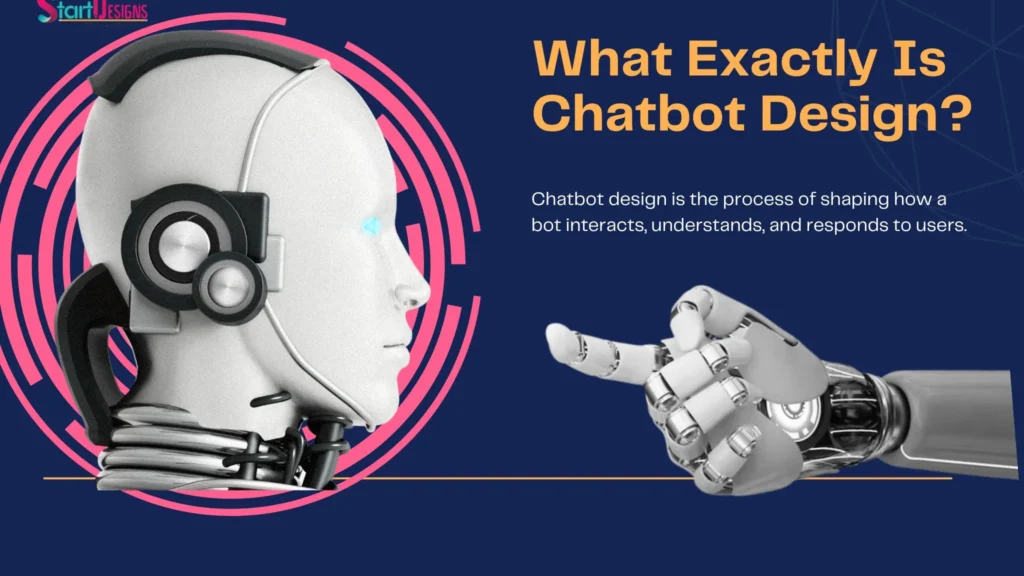
2. The Difference Between Chatbot UI and Chatbot UX
Though the two terms often overlap, UI and UX in chatbot design serve very different purposes.
Chatbot UI (User Interface) Design
UI design focuses on the visual and interactive elements users see — such as chat windows, message bubbles, buttons, avatars, and colors. It answers the question, “What does the chatbot look like and how do users interact with it?”
For example:
- Is the chat window floating or fixed?
- Can users click quick-reply buttons or type freely?
- Does the design match the brand identity?
Chatbot UX (User Experience) Design
UX design, on the other hand, determines how the conversation unfolds. It focuses on flow, logic, and emotional experience — essentially, “How does this chatbot make the user feel?”
UX decisions cover things like:
- What questions does the bot ask first
- How it handles confusing inputs
- When it transfers the conversation to a human agent
In essence, UI is about appearance and accessibility, while UX is about strategy and satisfaction. The two together make the chatbot engaging, easy to use, and effective.
3. Key Principles of Chatbot UI Design
No matter what your chatbot does, certain UI principles remain universal.
A strong chatbot interface should be:
- Simple & intuitive – Users shouldn’t have to think twice about what to click or type.
- Responsive – It must work smoothly across all devices — from desktops to mobile screens.
- Engaging – Micro-interactions, thoughtful animations, and tone-specific copy make conversations feel lively.
- Brand-consistent – Fonts, colors, and avatar styles should reflect your company’s visual identity.
If you’re using prebuilt chatbot builders (like ManyChat, Drift, or Intercom), you can still customize design elements to fit your brand — while following proven UI patterns for usability.
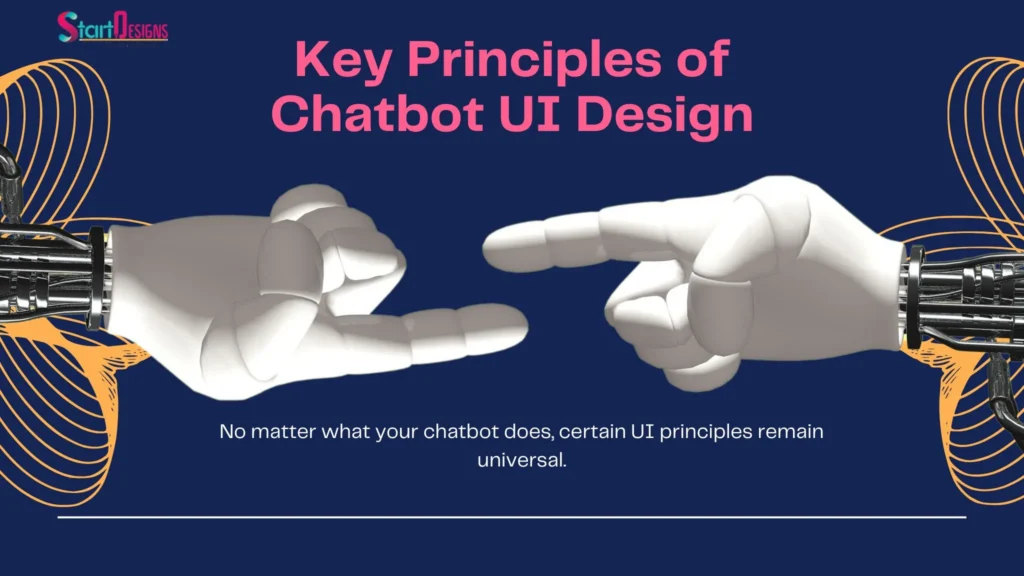
4. Core Concepts in Chatbot UX Design
Before diving deeper into chatbot UX, here are a few key terms worth understanding:
- Intent: The goal behind the user’s message (e.g., “track my order,” “book an appointment”).
- Utterance: The exact phrase a user says or types.
- Entity: A specific piece of data within the user’s message — like a product name or date.
- Exchange: A two-way interaction between the user and the bot.
- Domain: The broad area your chatbot operates in (e.g., support, HR, sales).
- Escalation: When a chatbot hands off to a human representative.
- Flow Logic: The rules or logic that dictate what the bot says next.
These concepts form the foundation of every conversation flow, helping designers predict user intent and craft natural responses.
5. Finding the Right Chatbot Use Cases
Not every business process benefits from automation — so identifying the right use cases is the first step toward a successful chatbot strategy.
Start by exploring:
- Frequently asked questions that your customers often repeat.
- Routine processes like billing, scheduling, or password resets.
- Customer pain points that could be solved faster with automation.
A chatbot is ideal when:
- The conversation is predictable and repetitive.
- Users need quick, 24/7 assistance.
- The task involves structured information (like status updates or FAQs).
Avoid using chatbots for highly emotional or complex situations that require empathy or deep reasoning — those still belong to humans.
Within Budget!
6. Choosing the Right Type of Chatbot
There are two main types of chatbots today:
Rule-Based Chatbots
These bots follow pre-set rules or decision trees. They can handle structured questions (“What’s my balance?”) but struggle with open-ended or unclear messages. They’re cost-effective and easy to set up — ideal for simple use cases.
AI-Powered Chatbots
AI chatbots use natural language processing (NLP) and machine learning to understand context and intent. They can interpret variations in user input (“Hey, I need to check my balance”) and adapt over time.
Some even include generative AI capabilities that allow them to craft responses dynamically — making interactions more human-like and efficient.
In many modern applications, businesses use hybrid chatbots — combining rule-based systems with AI for greater flexibility and control.
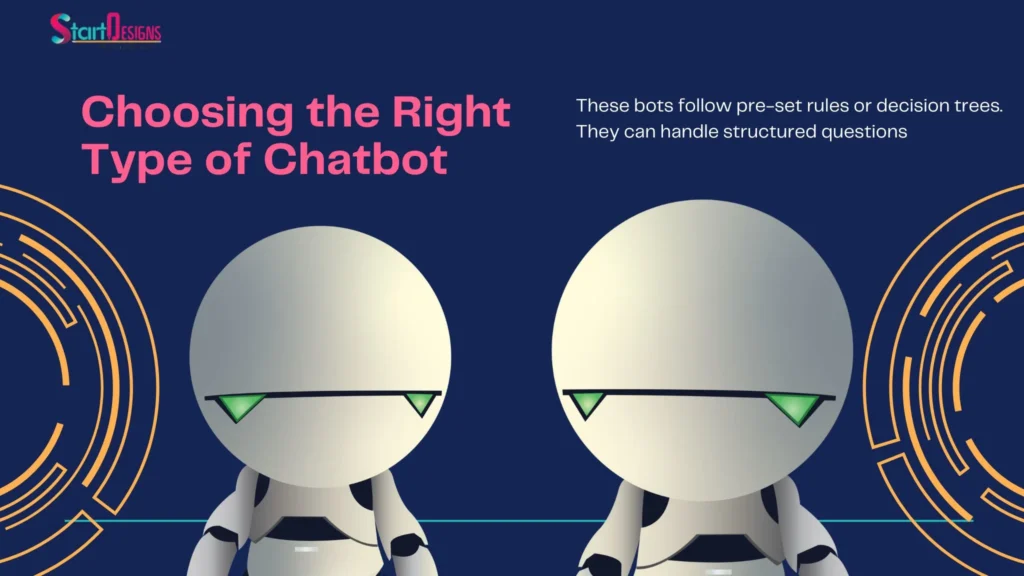
7. Planning Your Chatbot Strategy
Before you start designing, establish a solid foundation:
- Choose your main channels: Will your chatbot live on your website, WhatsApp, or mobile app?
- Define your topics: List the subjects your bot will cover — from FAQs to bookings.
- Map out conversation flows: Decide how the bot greets users, asks follow-ups, and resolves tasks.
- Connect your data sources: Integrate APIs, databases, or CRMs so your chatbot can pull real information in real time.
The goal is to create a minimum viable chatbot (MVC) — a focused version that performs a few functions flawlessly before expanding.
8. Giving Your Chatbot a Personality
Every chatbot has a personality — even if unintentional. The way it speaks, greets users, or reacts to mistakes shapes how people feel about it.
A friendly, consistent personality builds trust. Here’s how to craft one:
- Match your brand voice: A banking bot might sound calm and professional, while a fitness app bot can be more upbeat and energetic.
- Stay transparent: Make it clear it’s a bot, not a human.
- Balance tone: Decide where your chatbot should sit on scales like formal/informal, serious/playful, or authoritative/friendly.
Think of personality as the emotional layer of your chatbot — it’s what turns a script into a conversation.
9. Designing Great Conversations
A well-designed chatbot doesn’t just respond — it converses.
Here are key principles of good conversation design:
a. Depth and Coverage
Anticipate how users might express the same intent differently. For example, “I need to reschedule my call” vs. “Can we move my meeting?” — both mean the same thing.
b. Resilience
Your chatbot should handle errors gracefully. Even if it doesn’t understand something, it should recover naturally — perhaps by asking clarifying questions instead of saying “I don’t know.”
c. Relevance
Every response should connect to what the user just said. Avoid generic or robotic replies that break the flow.
d. Repair and Recovery
When a misunderstanding occurs, the bot should guide users back on track — or escalate to a human if needed.
e. Simplicity
Ask for minimal input. Use buttons or quick replies when possible. The less typing required, the better.
f. Clarity in Copywriting
Keep language short, friendly, and action-oriented. Chatbot copywriting is about being direct without feeling cold.

10. Continuous Learning and Optimization
Chatbot design doesn’t end at launch. The best bots continuously improve through user feedback and data analytics.
- Review conversation logs to identify where users drop off.
- Refine confusing dialogue paths.
- Test new responses and measure satisfaction scores.
This iterative cycle — design, deploy, learn, and improve — ensures your chatbot stays relevant and effective as user expectations evolve.
11. Respecting User Privacy and Data
Chatbots collect and process a large amount of personal data. It’s essential to follow data privacy laws like GDPR and CCPA, and maintain user trust.
Key practices include:
- Be transparent about what data you collect and why.
- Provide opt-out and permission controls.
- Encrypt sensitive information and store it securely.
- Avoid using personal data for purposes users didn’t agree to.
In an age of AI, trust is your chatbot’s greatest asset.
Conclusion
Chatbot design is both a science and an art. It blends UX strategy, conversational psychology, and AI technology to create meaningful digital interactions. Whether you’re designing a simple FAQ bot or a complex AI assistant, success depends on understanding your users, setting clear goals, and continuously improving.
As AI grows more advanced in 2025, the best chatbots will be those that don’t just talk — but truly connect.
About the author
Popular Posts
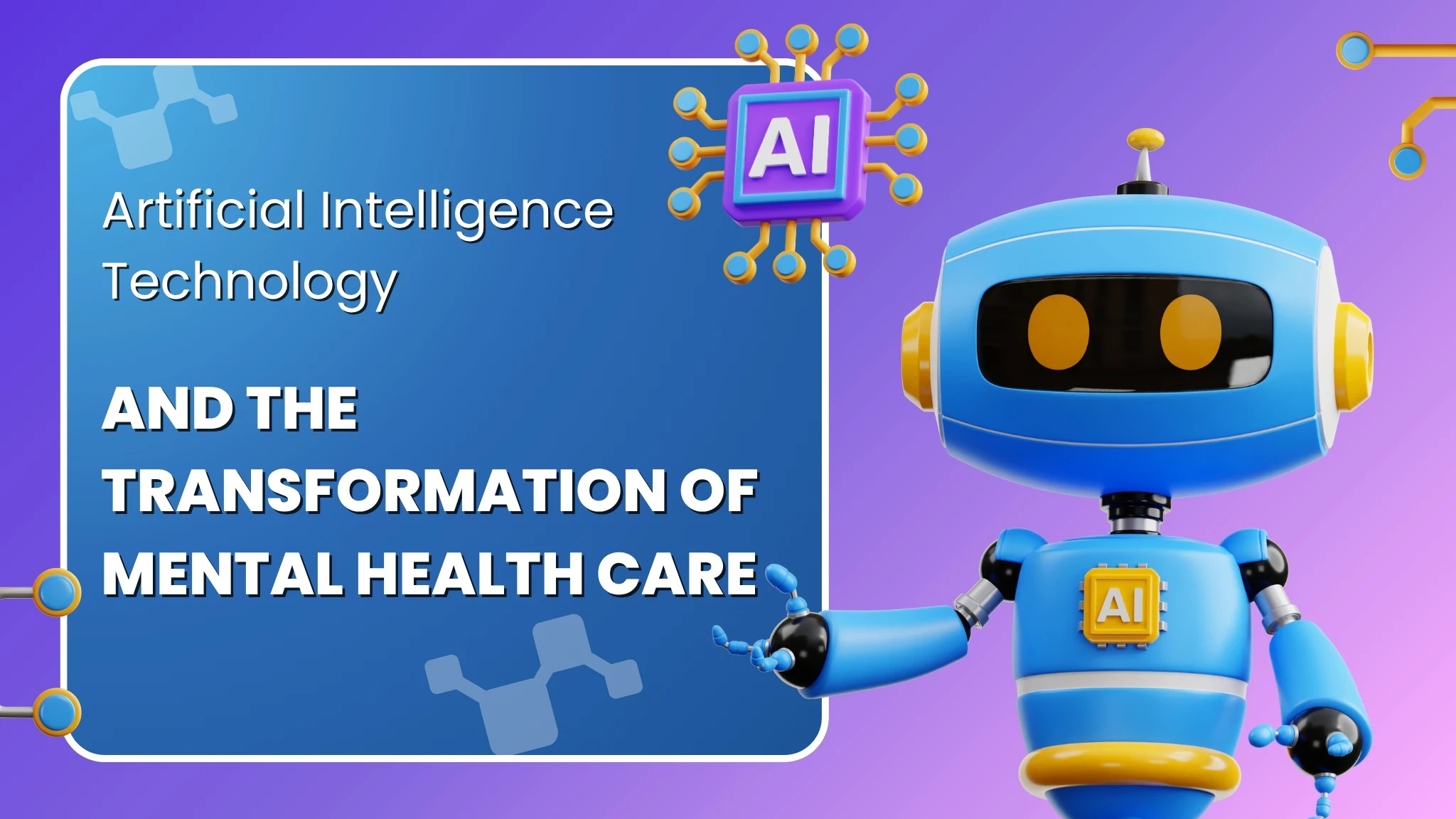
Artificial Intelligence Technology and the Transformation of Mental Health Care
October 14, 2025- 6 Min Read
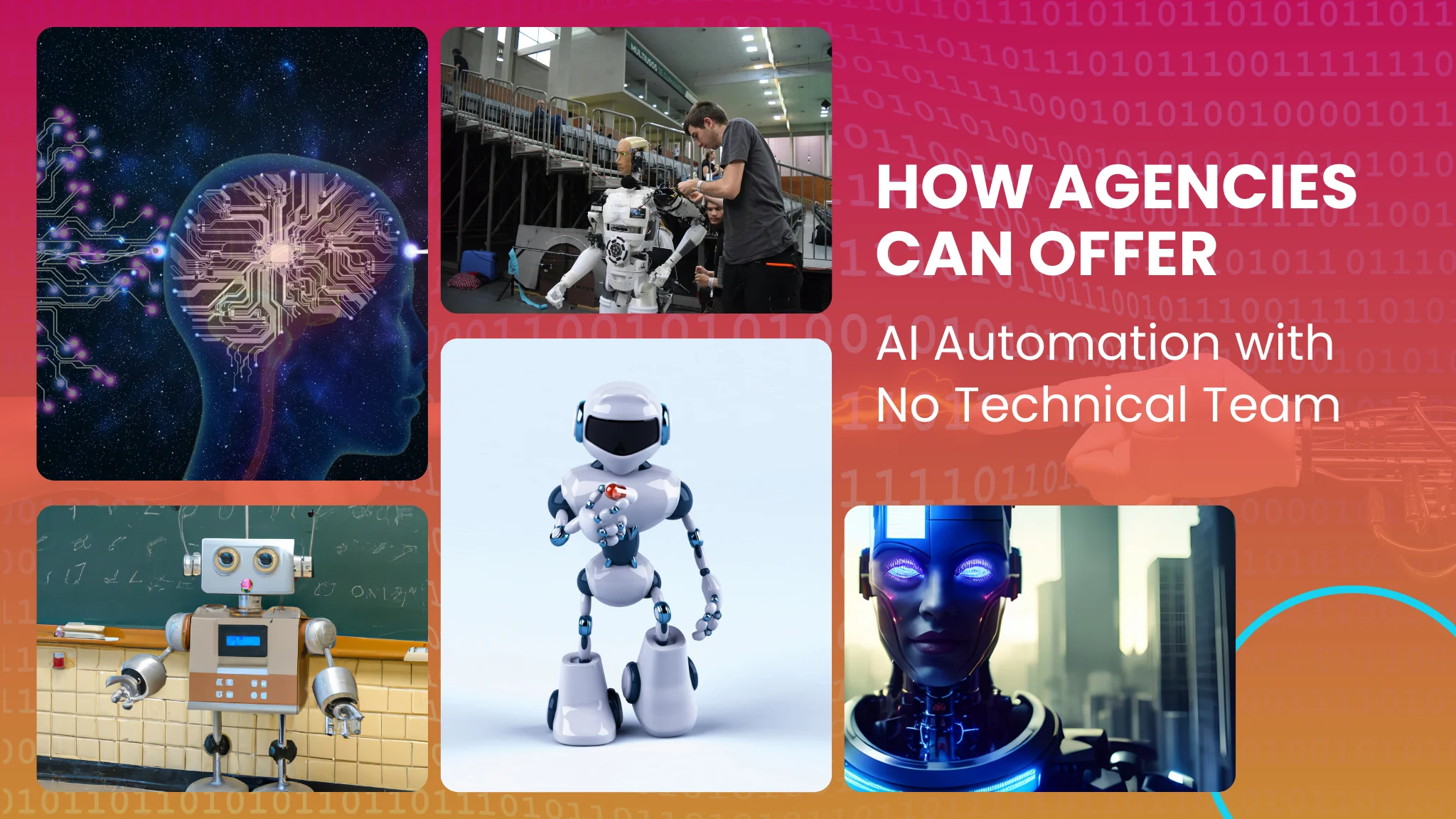

The Future of Online Presence: AI in Marketing and Website Innovation
September 25, 2025- 7 Min Read


